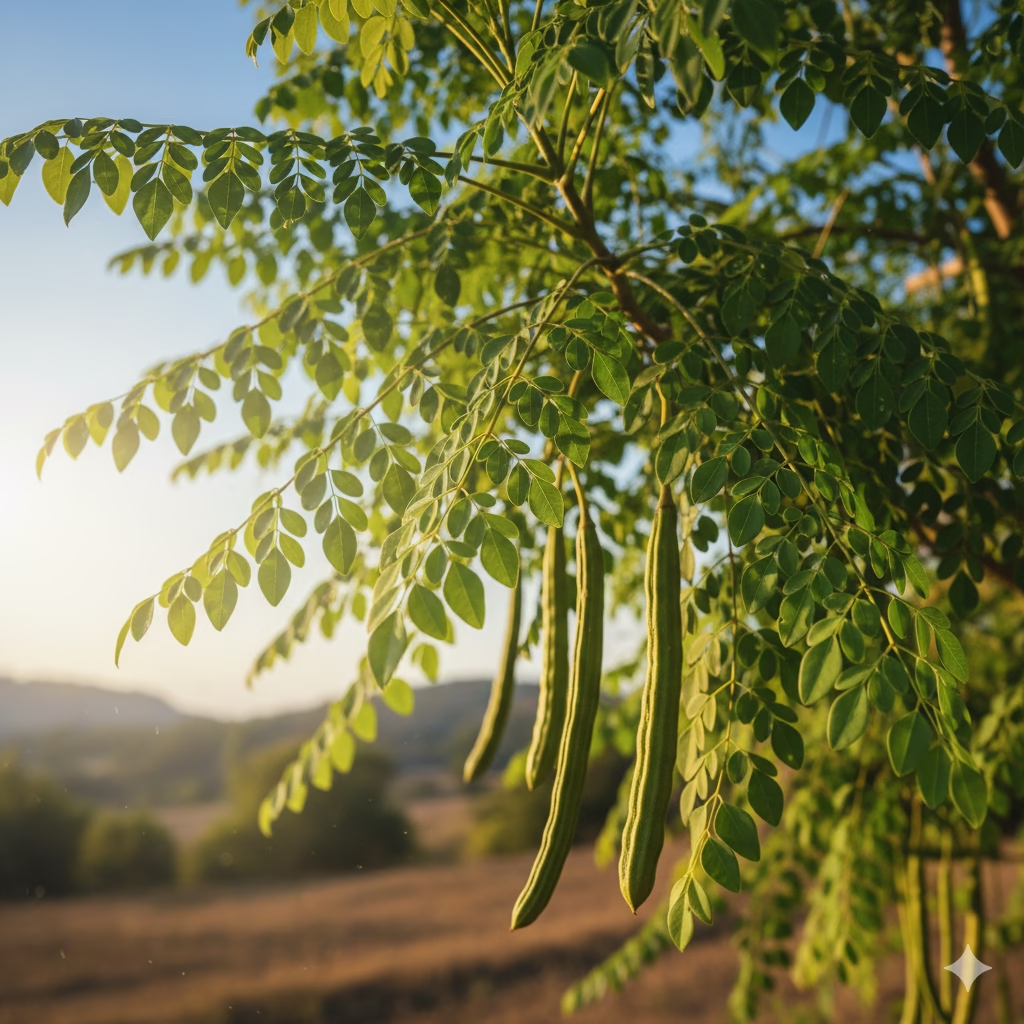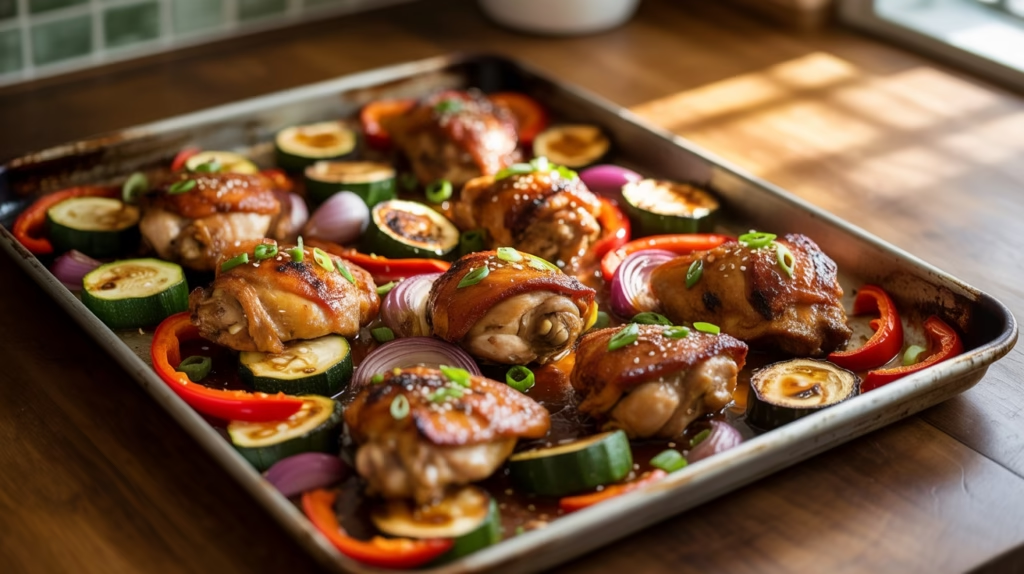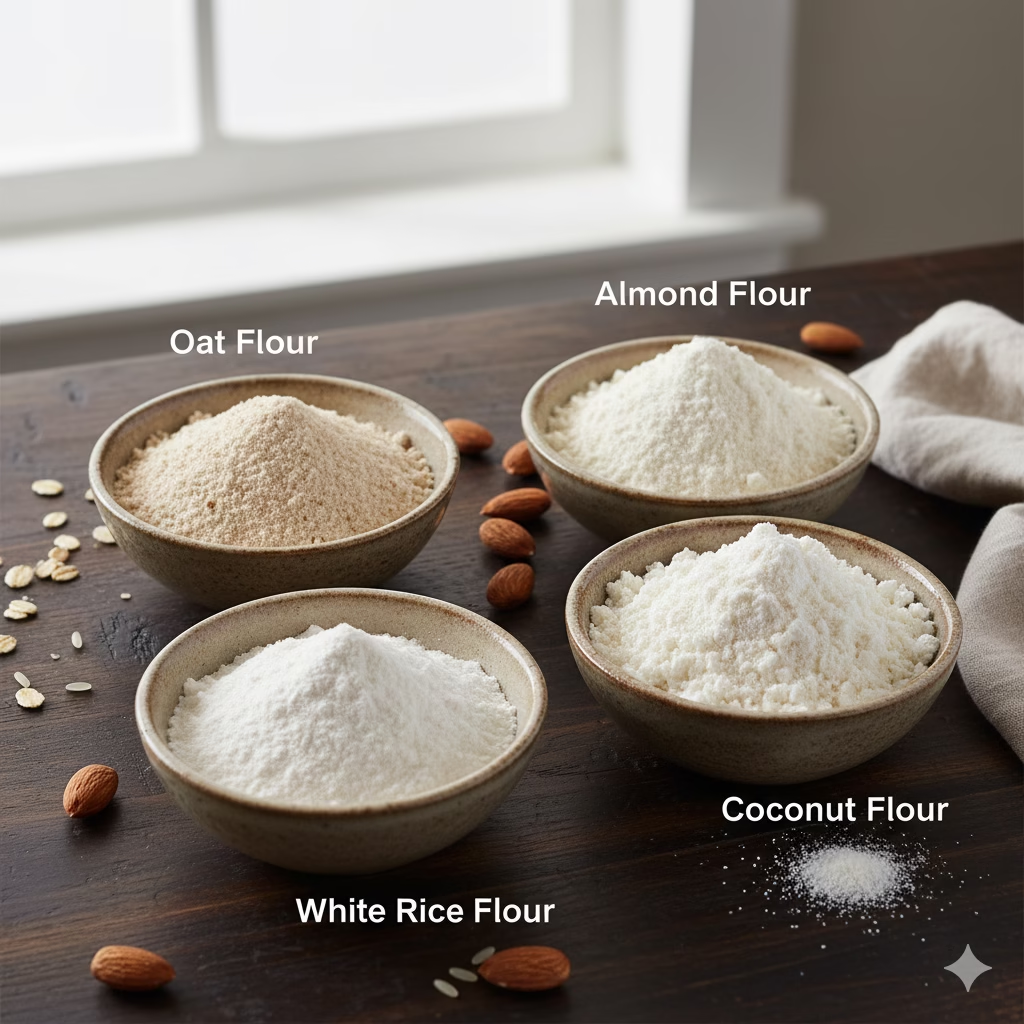
Discover how alternative flours can revolutionize your cooking, making your favorite fried foods healthier and more delicious. This article explores the best gluten-free and nutrient-rich options to create a perfectly crispy batter. Elevate your culinary skills and embrace a healthier lifestyle with these simple swaps.
Alternative Flours: Discovering a World Beyond All-Purpose
When we try to eat healthier, we often check every ingredient, looking for ways to boost nutrition without losing flavor or texture. For crispy, delicious battered dishes, regular all-purpose flour is usually the first choice. However, for anyone wanting to cut down on gluten, get more fiber, or try different nutrients, a whole world of alternative flours is waiting. These often-forgotten gems can change your favorite recipes, offering special benefits and fun new cooking adventures.
Moving past the usual flour doesn’t mean you have to give up that satisfying crunch. In fact, many alternative flours can make coatings even lighter, crispier, and less oily than wheat flour. From the nutty taste of almond flour to the light sweetness of coconut flour, each choice adds its own special touch. Learning about their traits is the first step toward a healthier, more daring approach to battered and fried foods, ensuring every bite is both enjoyable and good for you.
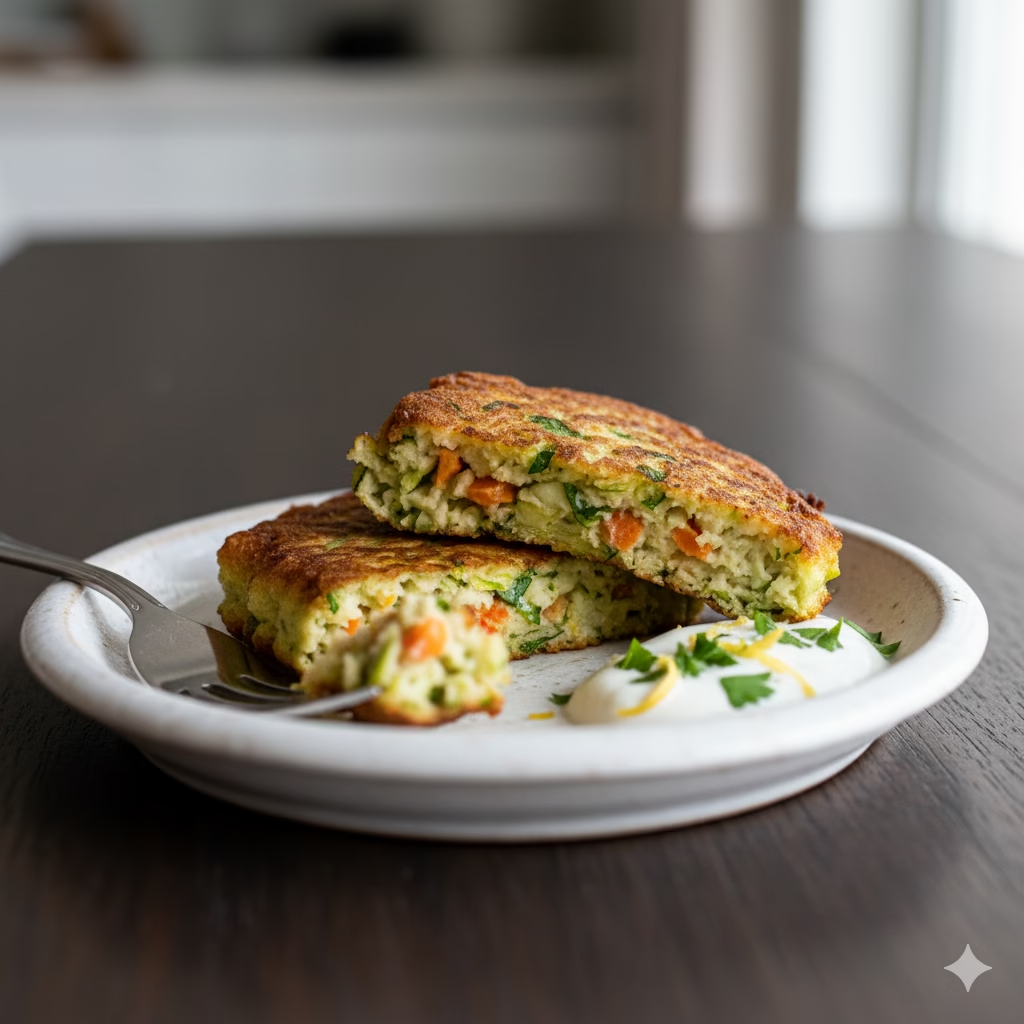
Embracing the Power of Alternative Flours
The popularity of alternative flours is more than just a passing trend; it shows a growing awareness of what our bodies need and what we prefer to eat. Whether you manage celiac disease, a gluten sensitivity, or are just aiming for a more balanced diet, these flours offer great solutions. They provide a variety of important nutrients, including essential vitamins, minerals, and dietary fiber. These nutrients can lead to better digestion, steady energy, and overall wellness. Using them in your cooking gives you more flexibility and the power to fit meals to specific health goals.
This article will show you some of the best alternative flours for making a healthy batter. We’ll include a tasty and simple recipe to show just how great they are. We’ll look at oat, whole wheat, sorghum, rice, almond, cornstarch, and coconut flours, explaining their special benefits and how to use them well. Get ready to improve your cooking and enjoy guilt-free, crispy treats that are as nourishing as they are delicious.
Come with us as we explore the exciting possibilities that alternative flours bring. They can help you make smart choices for a healthier, more vibrant kitchen. It’s time to redefine what a “healthy batter” means, proving that nutritious and delicious truly can go together.
Crispy & Healthy Zucchini Fritters with Alternative Flours
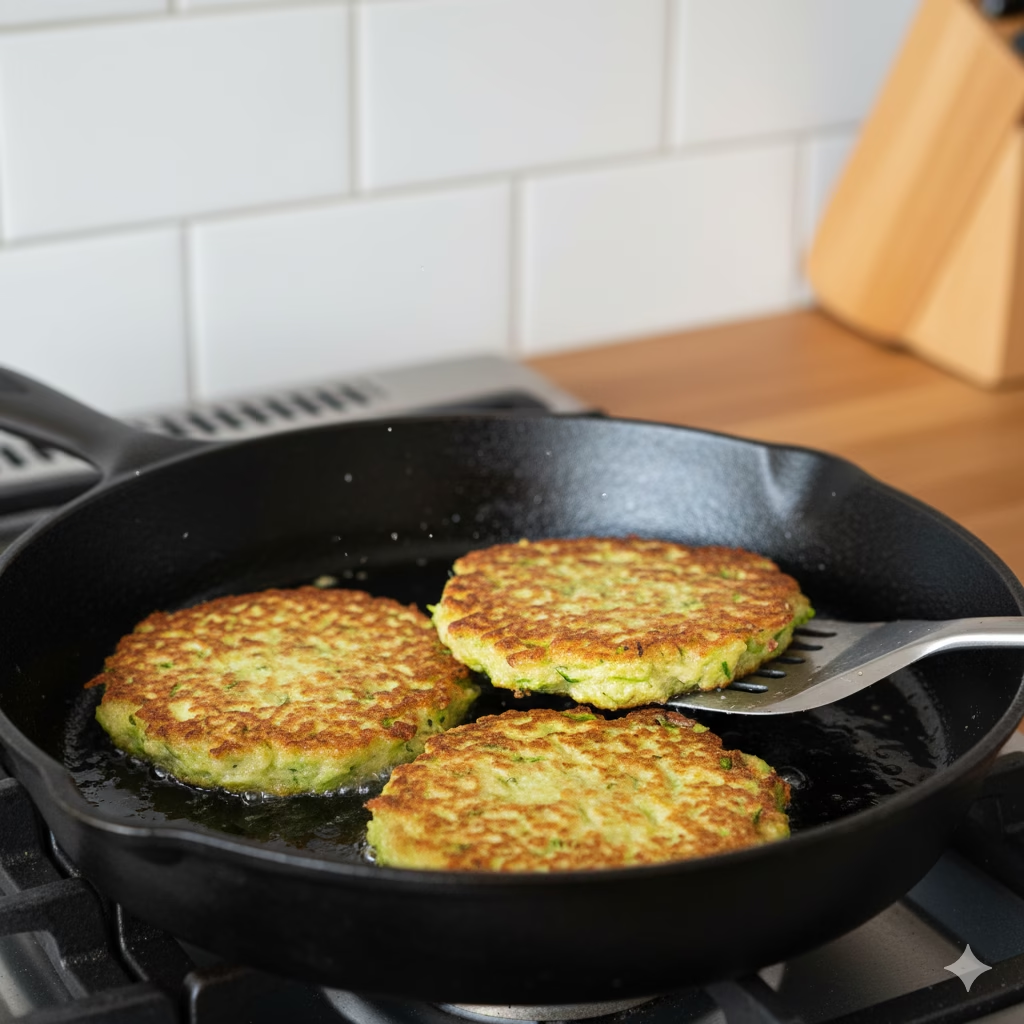
Time to Prepare:
- Prep Time: 20 minutes
Time to Cook/Blend:
- Cook Time (Pan-Frying): 15-20 minutes
- Cooks (Air Frying): 15-20 minutes
- Cook Time (Baking): 25-30 minutes
Servings: 4-6
Nutritional Information (per serving, estimated):
- Calories: 220-250 kcal
- Protein: 8-10g
- Fiber: 5-7g
- Healthy Fats: 12-15g
- Carbohydrates: 18-22g (Net carbs will change based on specific flour choices)
Equipment
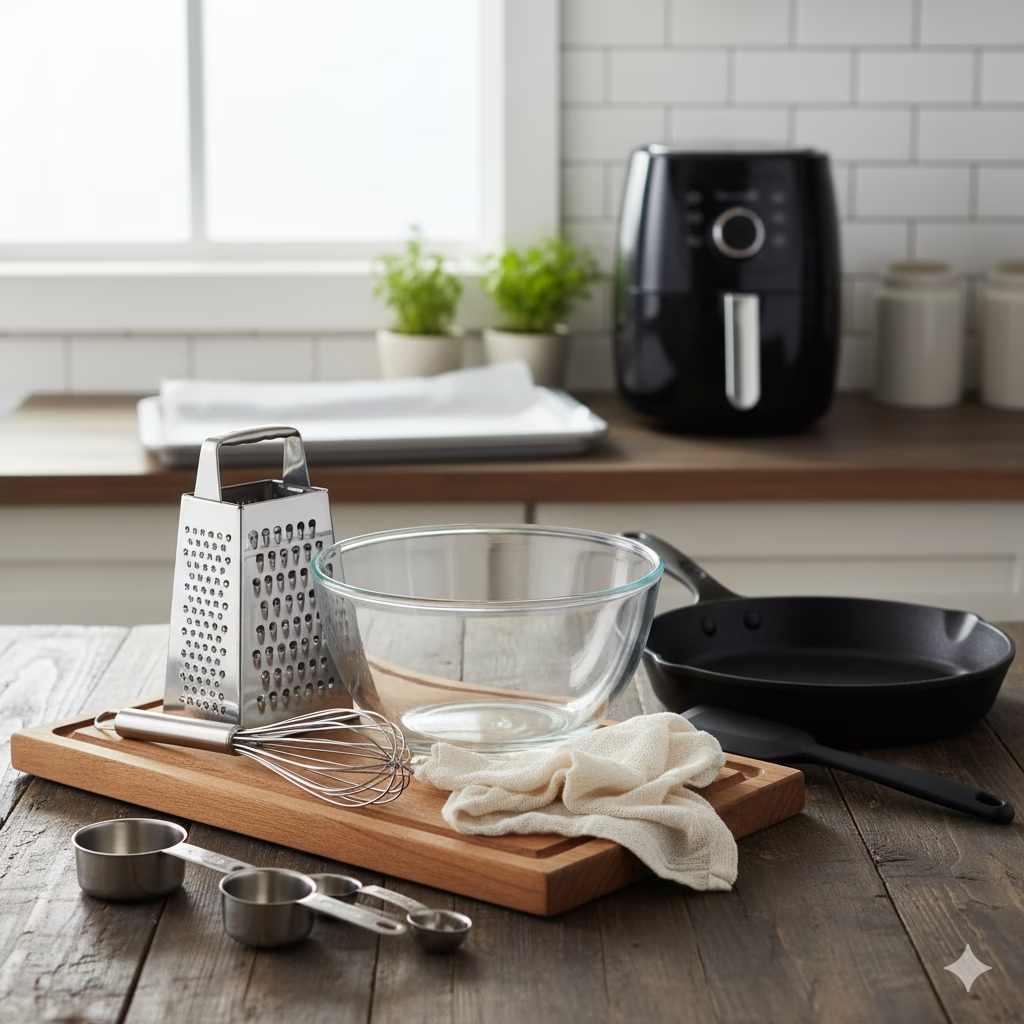
- Large mixing bowl
- Grater (box grater or food processor with grating piece)
- Clean kitchen towel or cheesecloth
- Whisk
- Measuring cups and spoons
- Large non-stick pan or cast-iron skillet (for pan-frying)
- Air fryer (for air frying)
- Baking sheet and parchment paper (for baking)
- Spatula
Ingredients for Your Alternative Flour Fritters
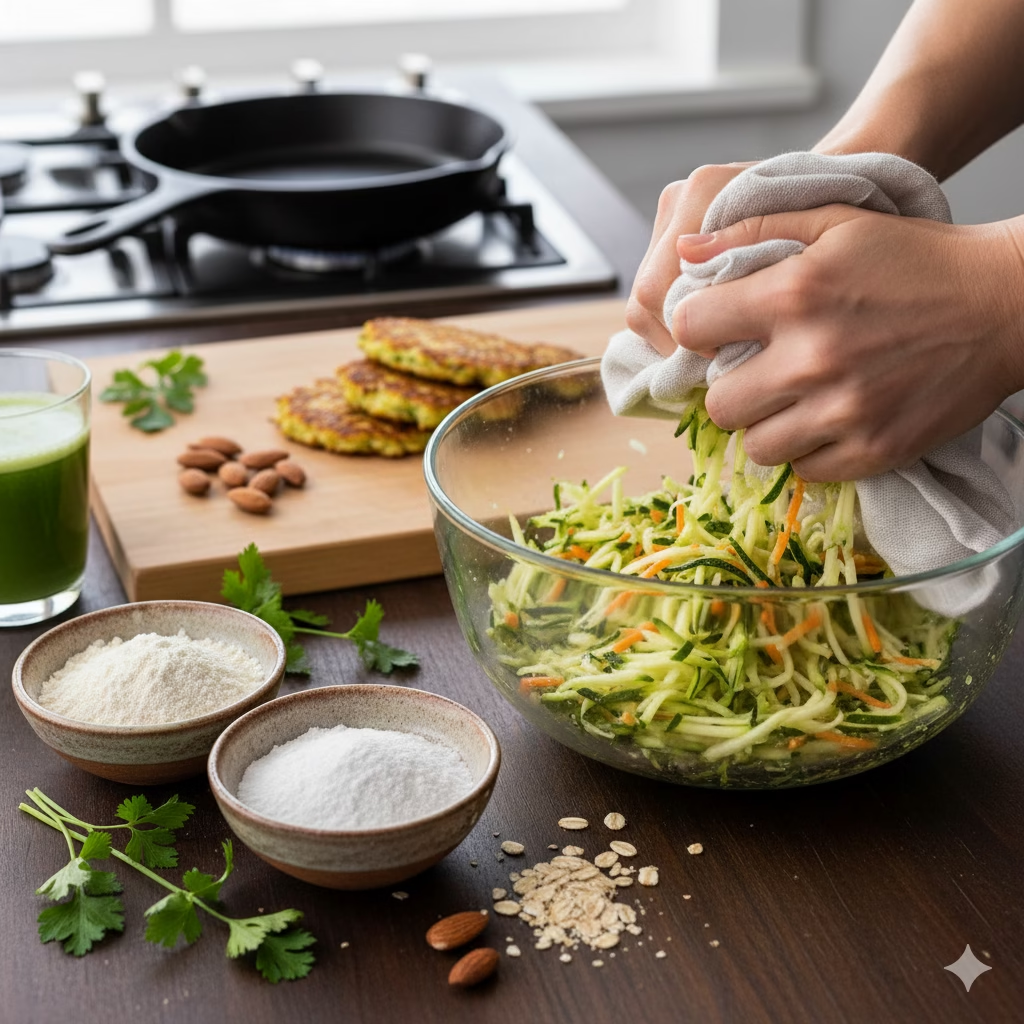
- 2 medium zucchini, grated
- 1 medium carrot, grated
- 1/2 cup finely chopped bell pepper (any color)
- 1/4 cup chopped fresh parsley or cilantro
- 2 large eggs, lightly beaten
- 1/4 cup oat flour (made from rolled oats blended into a fine flour)
- 1/4 cup almond flour
- 2 tablespoons cornstarch
- 1 teaspoon baking powder
- 1/2 teaspoon garlic powder
- 1/4 teaspoon onion powder
- Salt and black pepper to taste
- 2-3 tablespoons olive oil or avocado oil (for pan-frying or brushing for air frying/baking)
Alternative Flours: Step-by-Step Instructions for Delicious Fritters
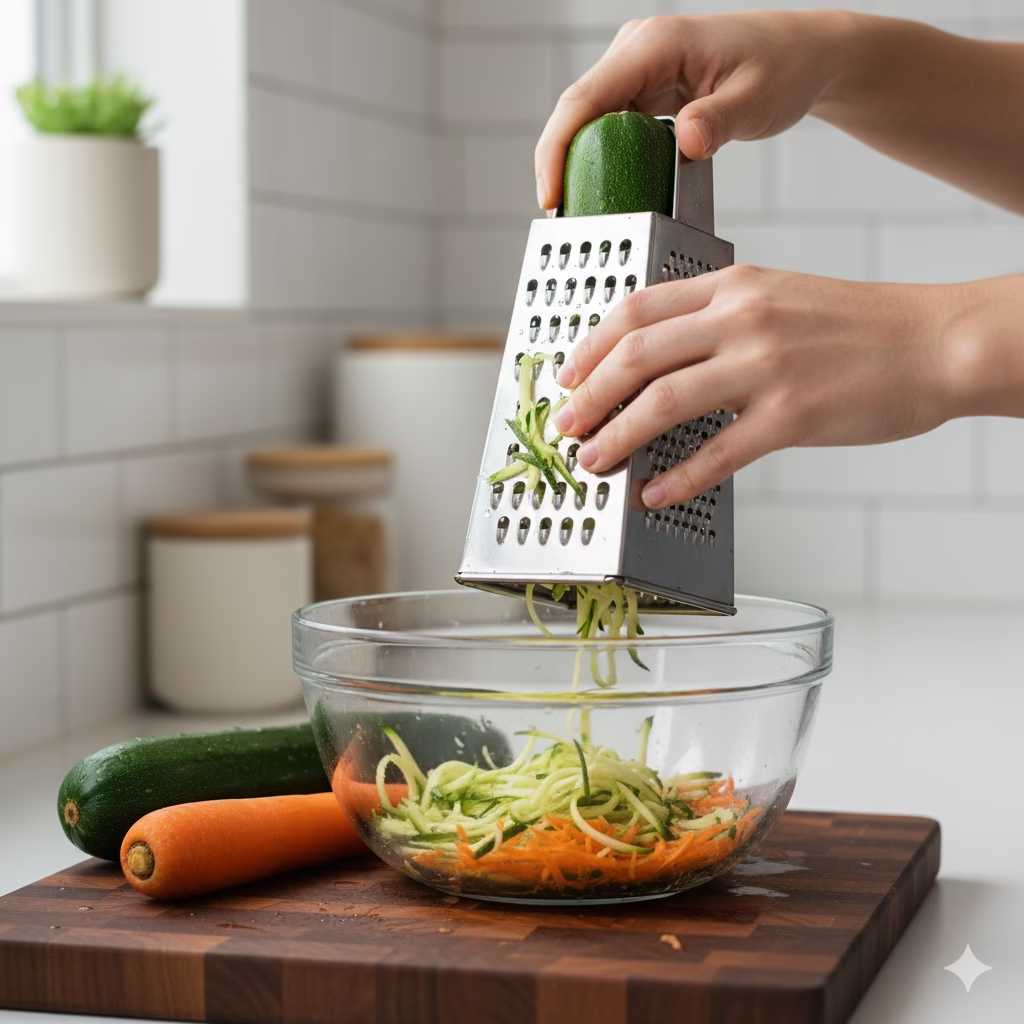
Prepare the Vegetables: Start by washing the zucchini and carrot well. Use a box grater with the large holes, or a food processor with a grating piece, to grate the zucchini and carrot into a large bowl.
Remove Excess Moisture: This step is key for getting crispy fritters! Put the grated zucchini and carrot into a clean kitchen towel or a few layers of cheesecloth. Gather the edges of the towel and twist hard, squeezing out as much liquid as you can over a sink or into a separate bowl. A lot of water will come out, and removing it stops the fritters from becoming soggy.
Combine Wet Ingredients: In a large mixing bowl, add the well-drained grated zucchini and carrot. Stir in the finely chopped bell pepper and fresh parsley or cilantro. Add the two lightly beaten eggs to this mix. Stir everything well so the vegetables are evenly coated with the egg.
Whisk Dry Ingredients: In a separate medium bowl, mix the oat flour, almond flour, cornstarch, baking powder, garlic powder, and onion powder. Add a good pinch of salt and black pepper for flavor. Whisk these dry ingredients together thoroughly until they are completely mixed and smooth. This helps spread them evenly in your batter.
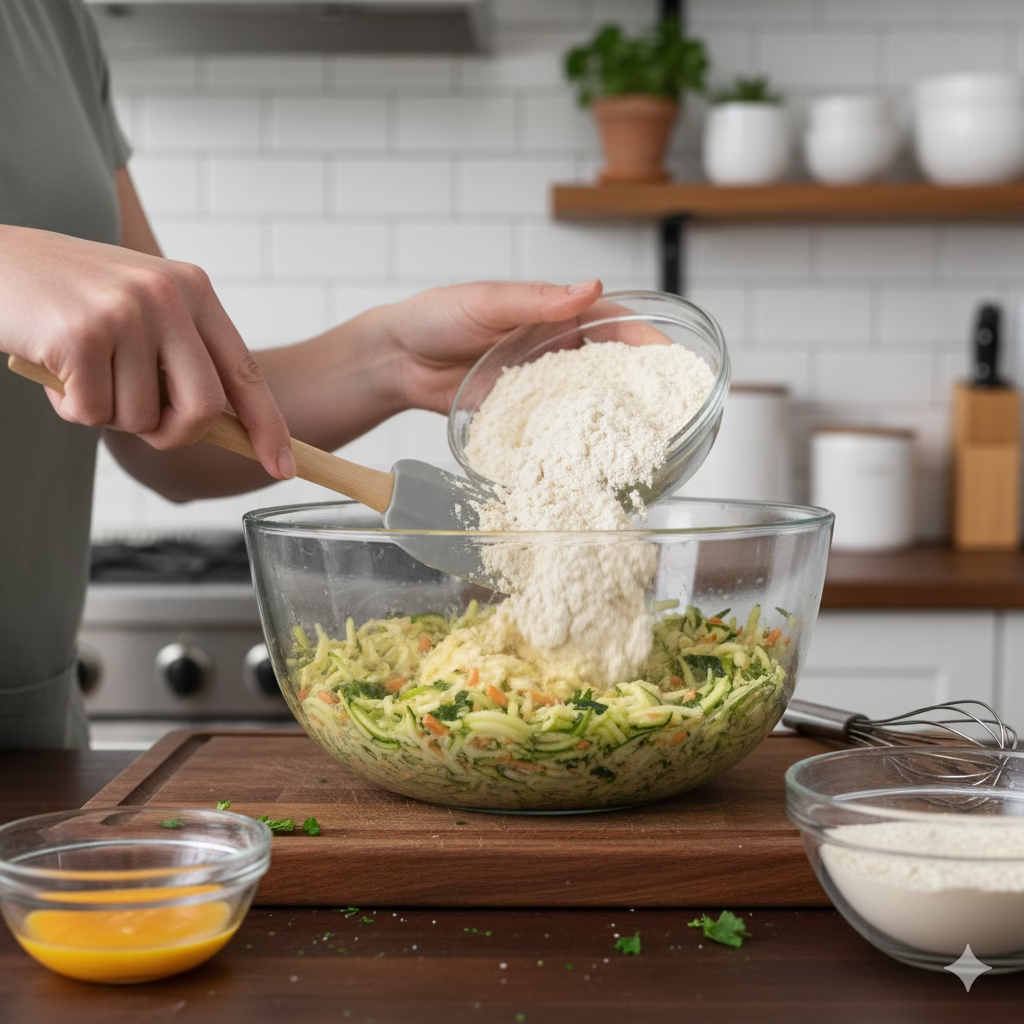
Create the Batter: Slowly add the dry flour mix to the wet vegetable and egg mix in the large bowl. Use a spatula or a large spoon to mix everything until it is just combined. Try not to mix too much, as this can make the fritters tough. The mix should be thick and hold its shape.
Form the Fritters: Take about 2-3 tablespoons of the batter for each fritter and gently shape it into a small patty, about 1/2 to 3/4 inch thick. You can make them round or slightly oval. Keep shaping until all the batter is used.
Cooking Method 1: Pan-Frying (for a classic crispy exterior)

Heat 2-3 tablespoons of olive oil or avocado oil in a large non-stick pan or cast-iron skillet over medium heat. The oil should look wavy and hot but not smoke.
Carefully place the fritters into the hot pan, leaving some room between each one. Don’t crowd the pan; cook them in smaller groups if you need to.
Cook for 4–6 minutes on each side, or until they are golden brown and fully cooked inside. The exact time might change based on how thick your fritters are and how hot your stove is.
Once cooked, move the fritters to a plate lined with a paper towel to soak up any extra oil.
Cooking Method 2: Air Frying (for a lighter, oil-free option)
Heat your air fryer to 375°F (190°C).
Lightly brush both sides of each fritter with a small amount of olive oil or avocado oil, or spray with cooking spray. This helps them brown and get crispy.
Put the fritters in a single layer in the air fryer basket, making sure they don’t overlap. Cook in smaller groups if necessary.
Air fry for 15–20 minutes, turning them over halfway through, until they are golden brown and crispy.
Cooking Method 3: Baking (for a hands-off, healthy approach)
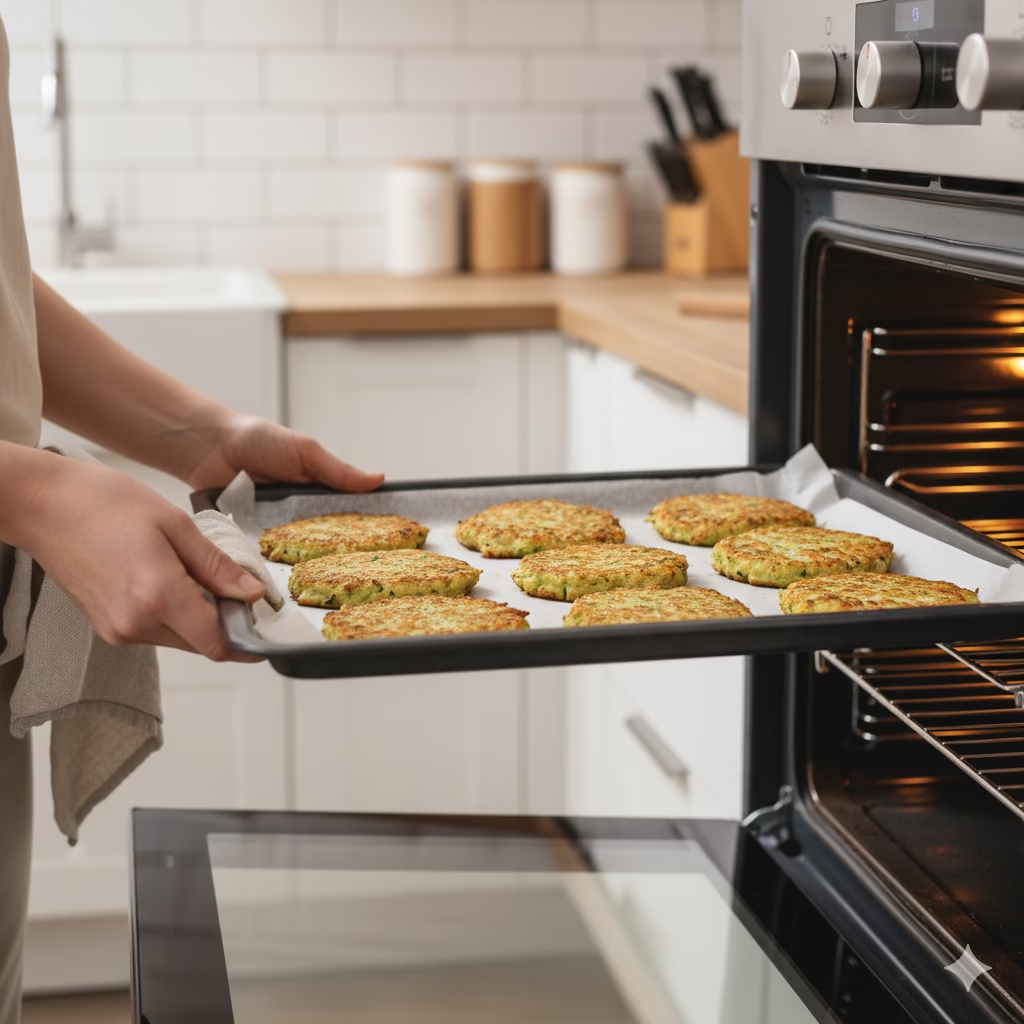
Heat your oven to 400°F (200°C).
Line a baking sheet with parchment paper. Lightly brush or spray the parchment paper with olive oil.
Put the fritters in a single layer on the prepared baking sheet. Lightly brush the tops of the fritters with olive oil.
Bake for 25–30 minutes, flipping them halfway through, until they are golden brown and fully cooked.
Serve: Serve your healthy zucchini fritters warm with a dollop of Greek yogurt, a squeeze of lemon, or your favorite healthy dipping sauce. Enjoy!
Benefits of Using Alternative Flours in Your Batter
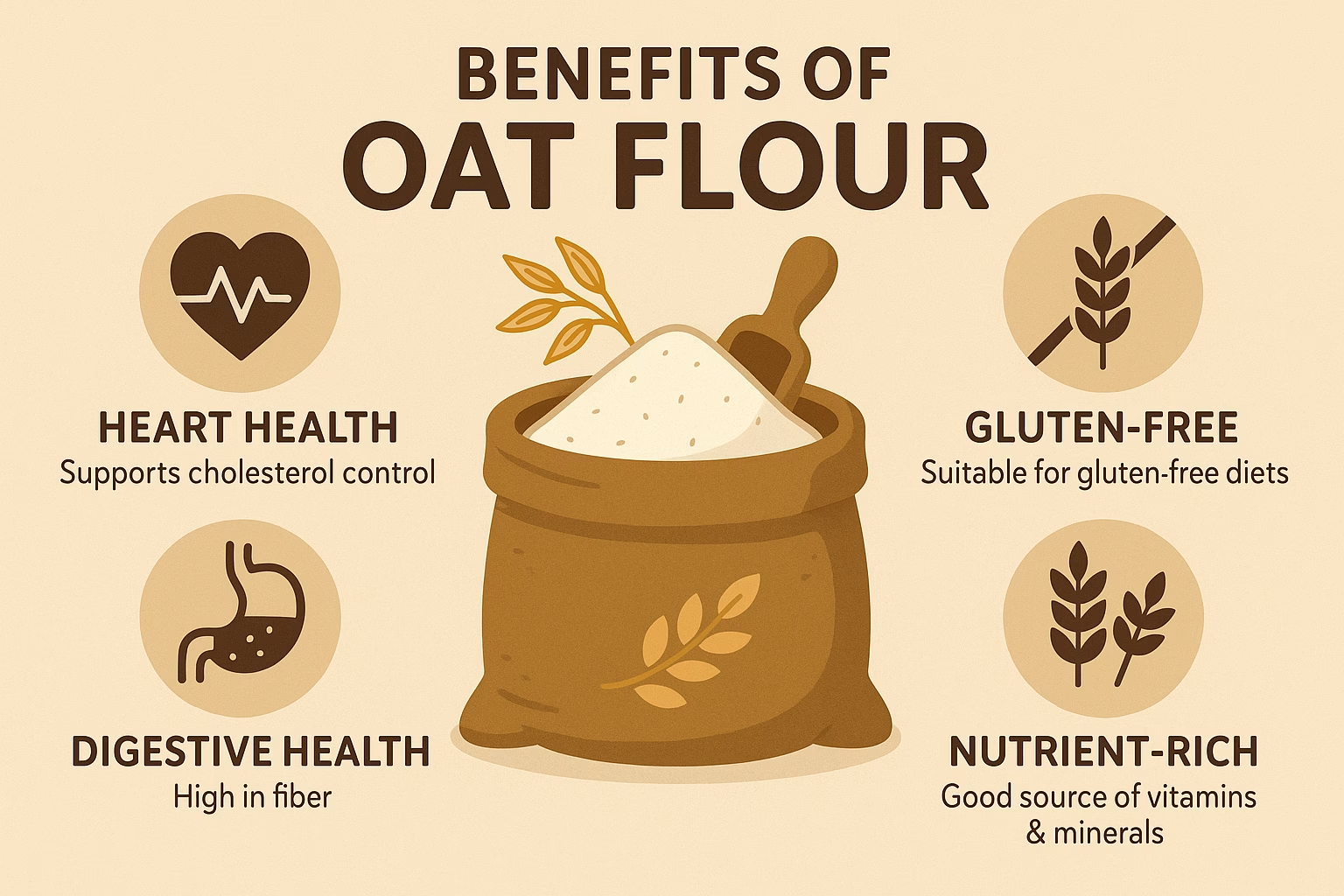
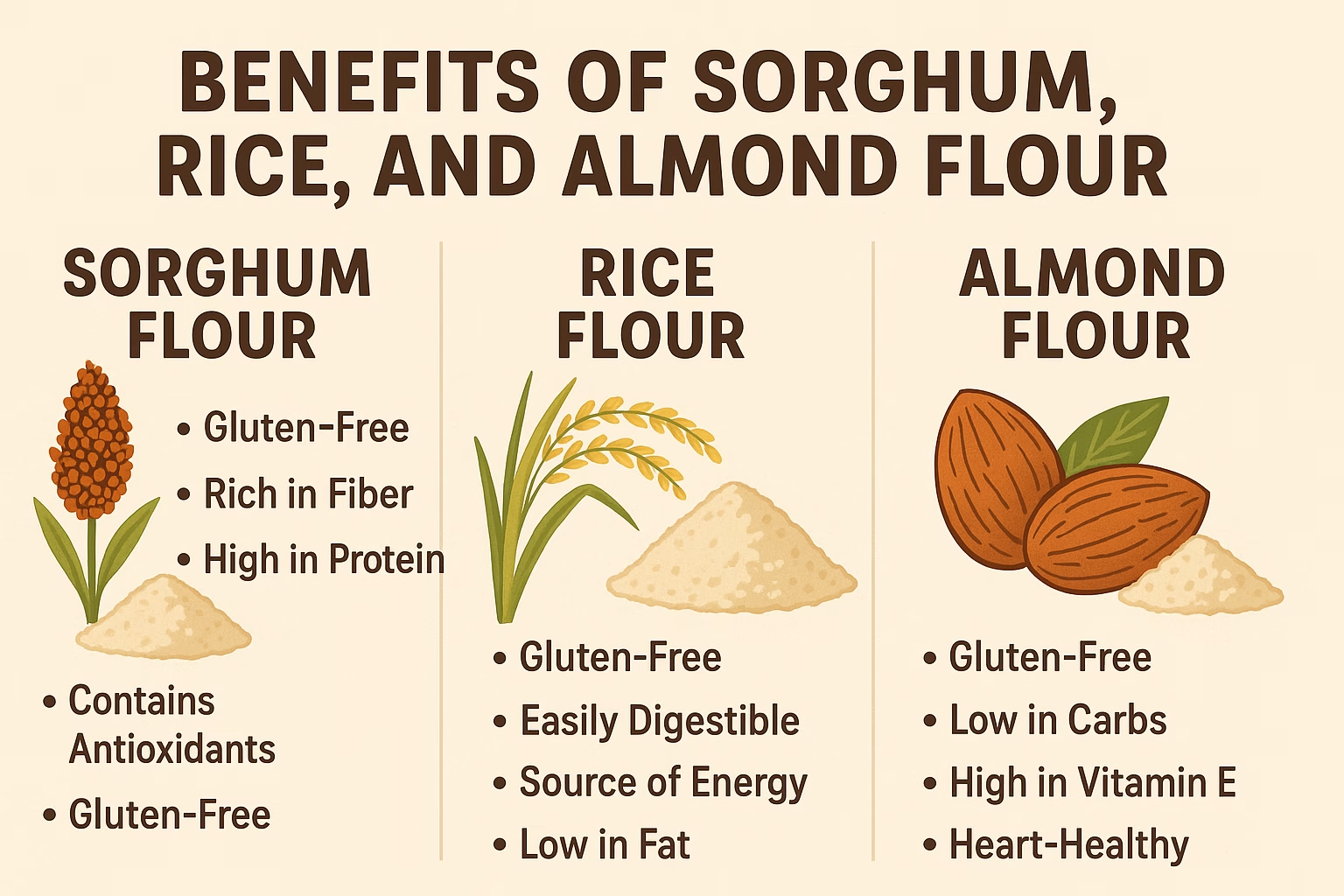
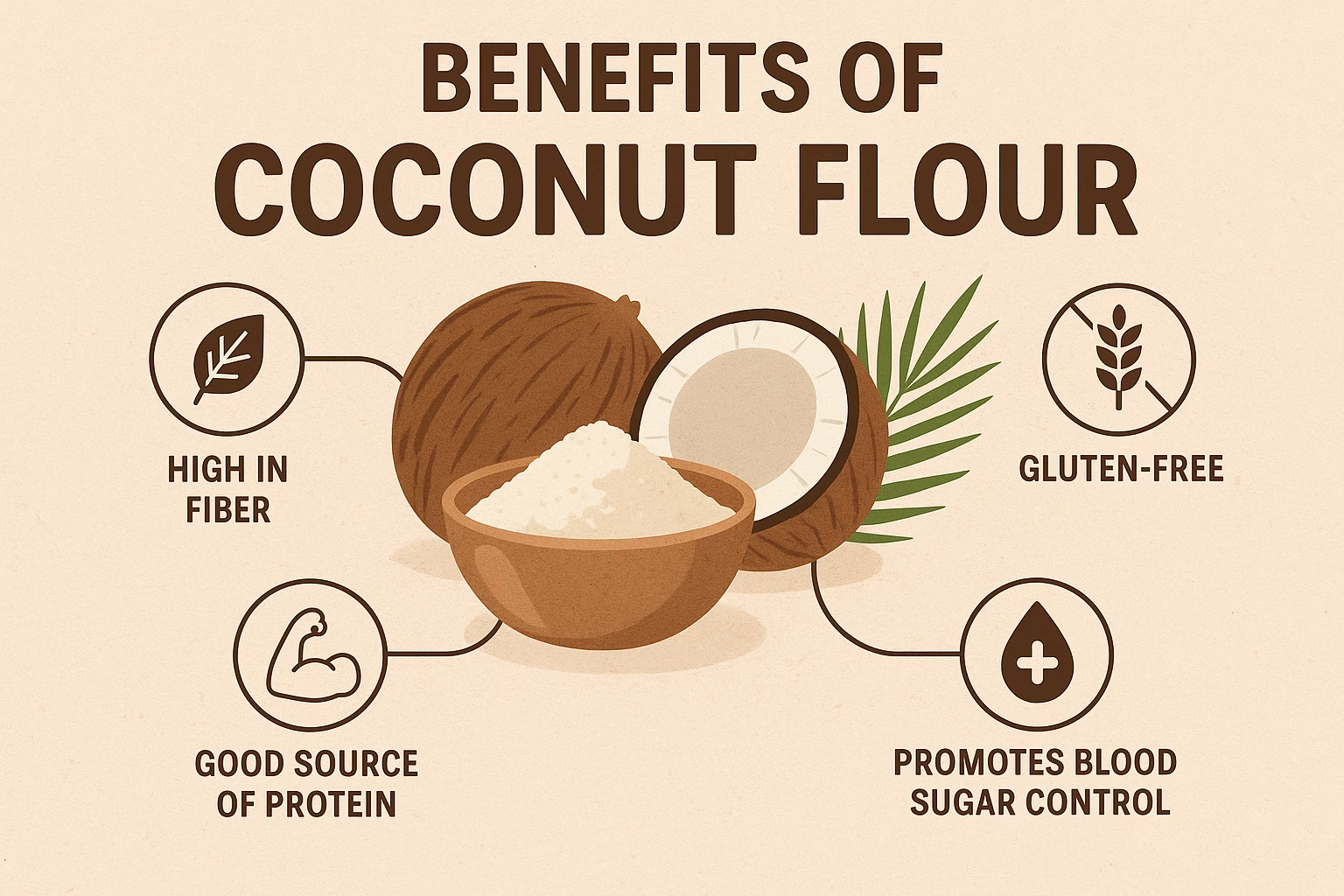
Choosing alternative flours is not just about avoiding gluten; it’s about gaining a wider range of healthy advantages. Each of these flours brings unique health perks to your plate, making your meals not only tasty but also more nutritious.
Oat Flour: Fiber-Rich Goodness
Oat flour, which you can easily make by blending rolled oats, is a wonderful gluten-free choice (use certified gluten-free oats if needed). It’s full of soluble fiber, specifically beta-glucan. This fiber is known to help lower cholesterol and keep blood sugar steady. In batters, oat flour adds a slightly chewier texture and a subtle, earthy taste, all while boosting the nutrition greatly.
Whole Wheat Flour: Enhanced Nutrients
While it does contain gluten, swapping out regular all-purpose flour for whole wheat flour greatly increases the fiber content. It also gives you more B vitamins, iron, and magnesium. The germ and bran, which are removed from white flour, are kept in whole wheat, offering a more complete set of nutrients and a heartier texture.

Gluten-Free Grains: Sorghum, Rice, and Almond Flour
Sorghum, rice, and almond flours are great gluten-free options that create lighter, crispier coatings. Sorghum flour tastes mild and slightly sweet, and it’s a good source of protein and fiber. Rice flour, both white and brown, is ground very finely and helps achieve that desired crispy texture, soaking up less oil than wheat flours. Almond flour, made from ground almonds, is low in carbs and high in protein and healthy fats. It adds a delicious nutty flavor, making it perfect for those on keto or low-carb diets.
Alternative Flours: Cornstarch: The Secret to Lightness
Using cornstarch alone, or mixed with rice flour, can create a remarkably light and less oily fried crust. It helps achieve a delicate crispness without adding a strong flavor, making it a flexible thickener and coating that lets the other ingredients shine.
Coconut Flour: Low-Carb and High-Fiber
A fantastic option for low-carb and high-fiber diets, coconut flour soaks up a lot of liquid and has a natural sweetness. While it’s very popular in sweet recipes, you can add a small amount to savory batters to increase fiber without changing the flavor too much. Because it absorbs so much, you’ll often need more liquid in recipes using it.
Variations for Your Healthy Fritters
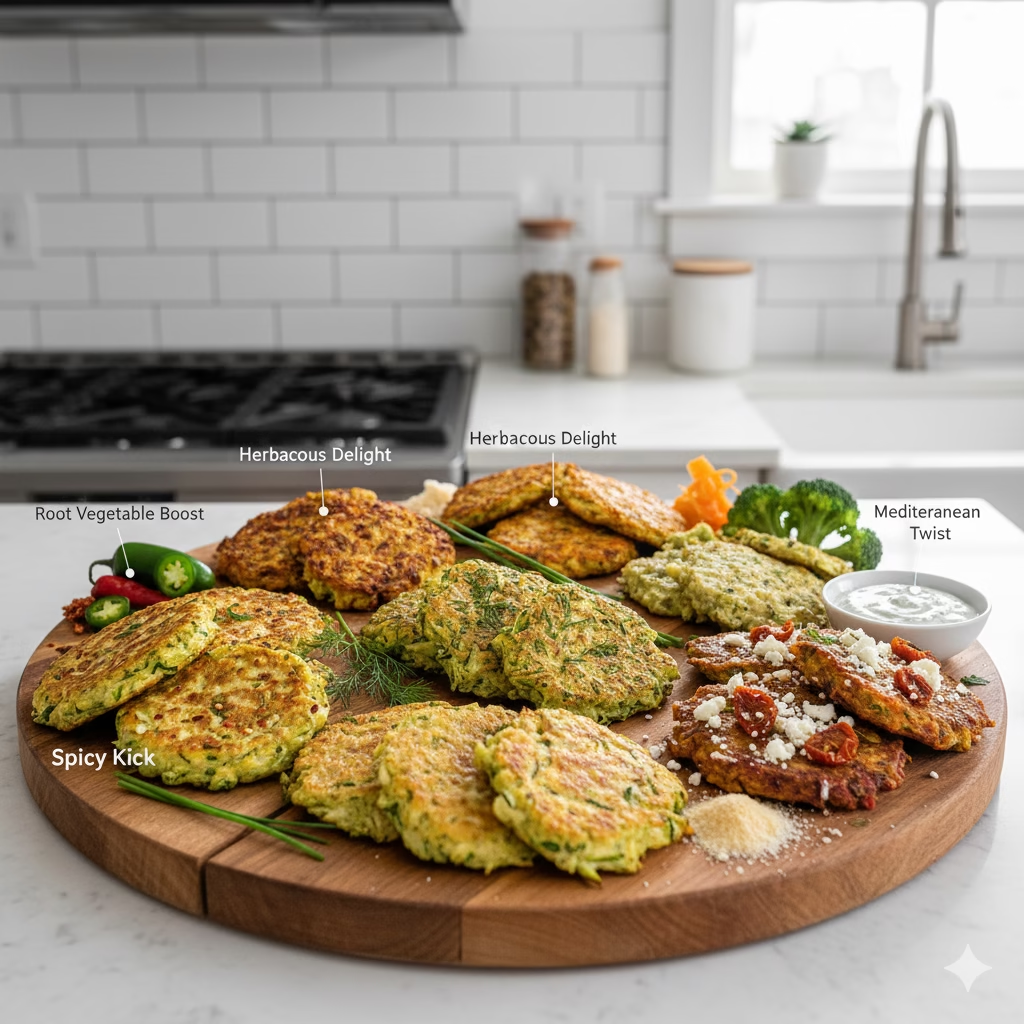
| Variation | Description |
| Spicy Kick | Add 1/2 teaspoon of red pepper flakes or a pinch of cayenne pepper to the dry ingredients for a bit of heat. A finely diced jalapeño (seeds removed for less heat) can also be added with the other vegetables. |
| Herbaceous Delight | Try other fresh herbs. Replace or add to the parsley/cilantro with 1-2 tablespoons of fresh dill, chives, or oregano for different flavor profiles. |
| Cheese Lover’s | Mix in 1/4 cup of grated Parmesan cheese or nutritional yeast (for a dairy-free cheesy flavor) into the batter with the wet ingredients. This adds a savory depth and can help with crispiness. |
| Root Vegetable Boost | Replace some of the zucchini or carrot with other finely grated root vegetables like parsnip, sweet potato, or even finely diced beet (be careful of color bleeding with beets). Make sure they are squeezed very dry. |
| Broccoli & Cauliflower | Finely chop or grate steamed broccoli or cauliflower florets and squeeze out extra moisture. Add up to 1/2 cup to the batter for an extra vegetable boost. This works well for adding more green vegetables subtly. |
| Mediterranean Twist | Include 2 tablespoons of crumbled feta cheese, 1 tablespoon of chopped sun-dried tomatoes (oil-packed, drained), and a pinch of dried oregano into the batter. Serve with a simple yogurt and cucumber (tzatziki) sauce. |
| Asian-Inspired | Add a teaspoon of grated fresh ginger, a splash of soy sauce or tamari (gluten-free), and a dash of sesame oil to the batter. Serve with a dipping sauce made from soy sauce, rice vinegar, and a touch of honey. |
Final Thoughts: Embrace the Alternative Flours Revolution
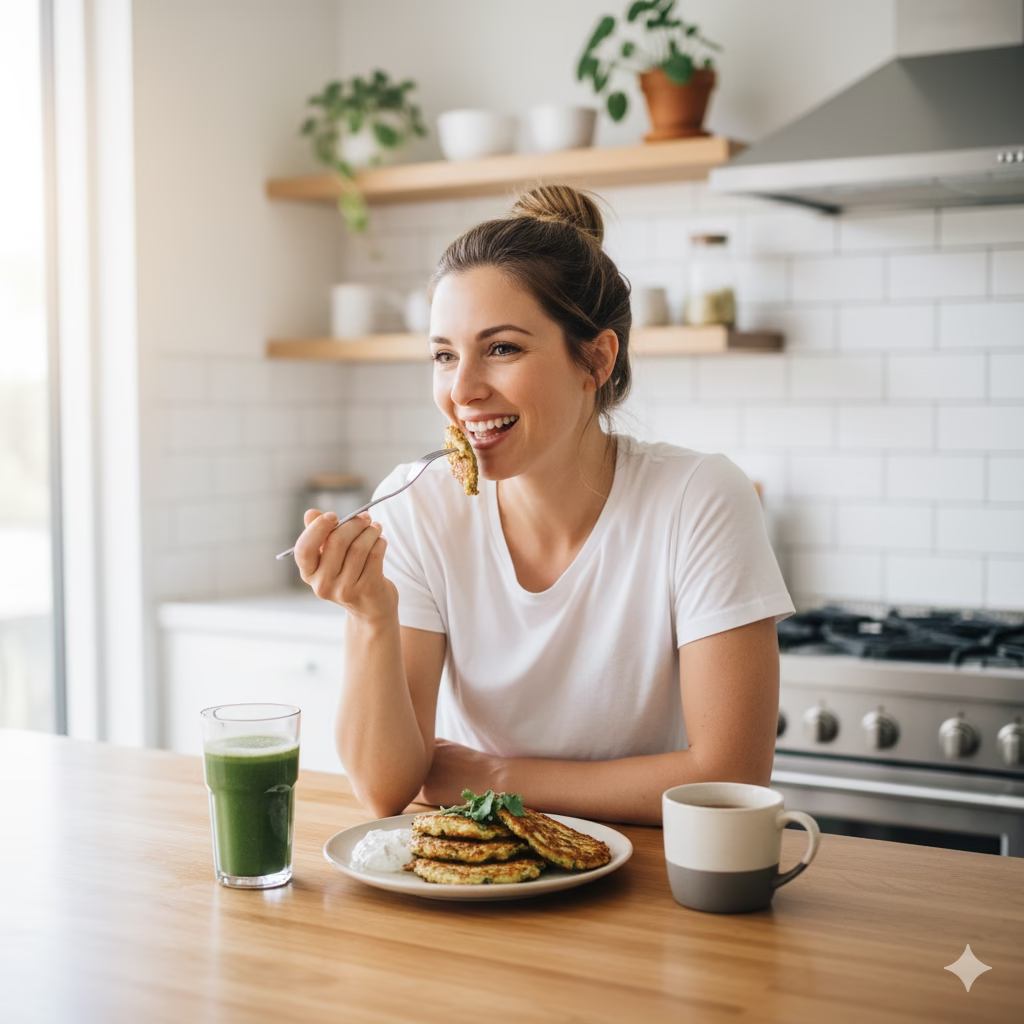
Embracing alternative flours in your cooking opens up endless possibilities for healthier, more varied, and incredibly tasty meals. More than just helping with food restrictions, these flours offer special textures, flavors, and nutritional benefits that can improve your everyday dishes. From the satisfying crunch of these zucchini fritters to many other uses, playing with different flours lets you match your cooking to your health goals and personal taste. So, leave your usual cooking comfort zone and discover the powerful changes these healthy alternatives can bring. Your body (and your taste buds!) will certainly appreciate it.
Frequently Asked Questions (FAQs)
Q1: Can I make these fritters ahead of time?
A1: Yes, you can! The cooked fritters are fine to keep in a sealed container in the fridge for up to 3–4 days. To warm them up, heat them in a preheated oven at 350°F (175°C) for 10–15 minutes, or in an air fryer for 5–7 minutes, until they are hot and crispy again. You can also freeze cooked fritters; lay them flat on a baking sheet to freeze one by one, then move them to a freezer-safe bag for up to 2–3 months. Reheat them from frozen in the oven or air fryer.
📸 Insert image of a stack of golden-brown fritters on a plate, garnished with fresh herbs, ready to be served
Q2: How can I ensure my fritters are extra crispy?
A2: A few things help make your fritters extra crispy. The most important step is to squeeze out all the extra liquid from the grated zucchini and carrots—don’t skip this! Second, if you are pan-frying, make sure your oil is hot enough, but not smoking. For air frying or baking, lightly brushing the fritters with oil helps them brown and crisp up a lot. Finally, never overcrowd the pan or air fryer basket; cook in smaller groups to allow for even heat and air flow, which is crucial for that perfect crunch.
References
- The Nutrition Source – Oats
- Mayo Clinic – Gluten-free diet
- Academy of Nutrition and Dietetics – What Is a Whole Grain?
Recent Posts

